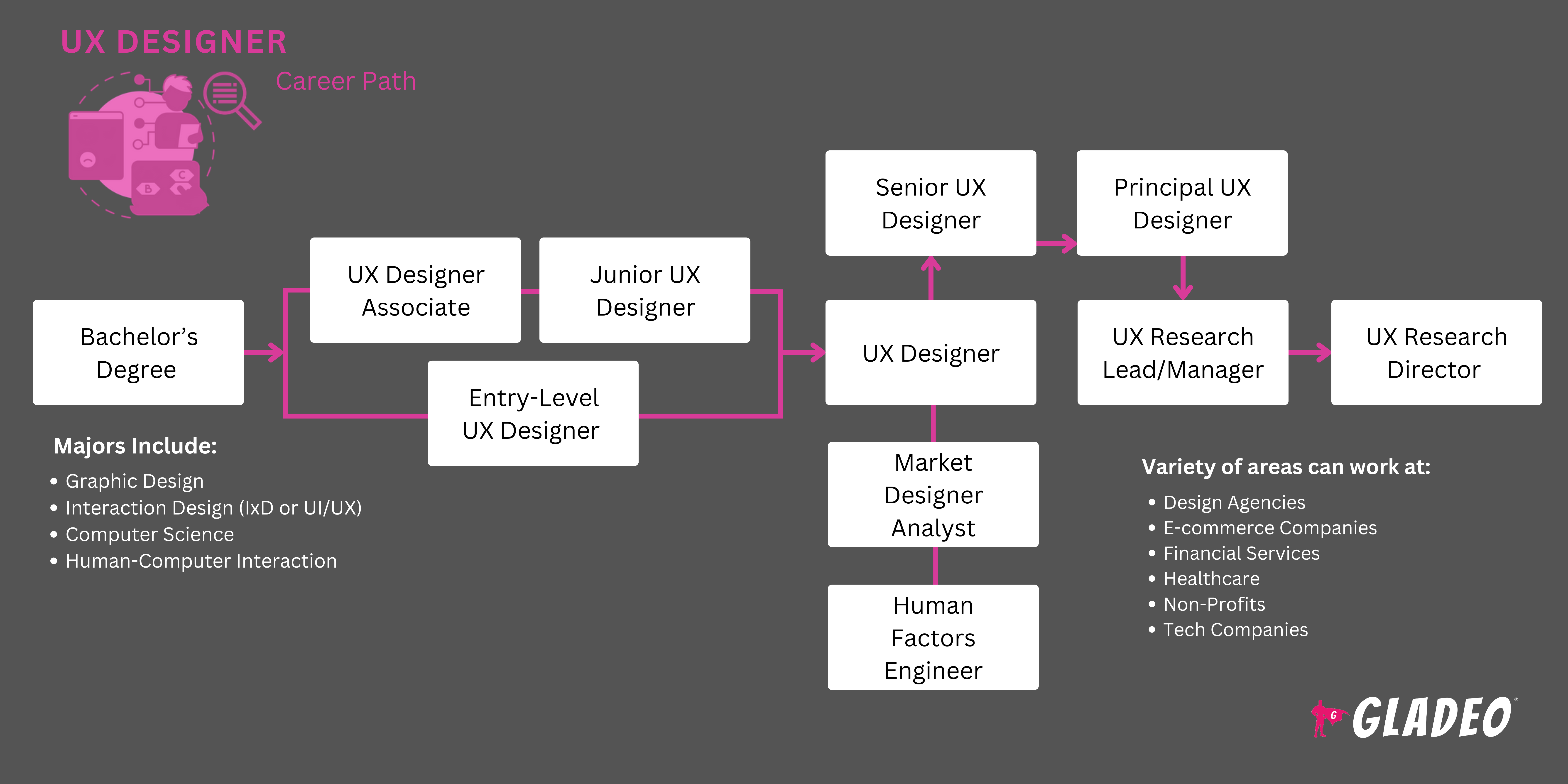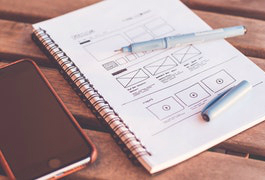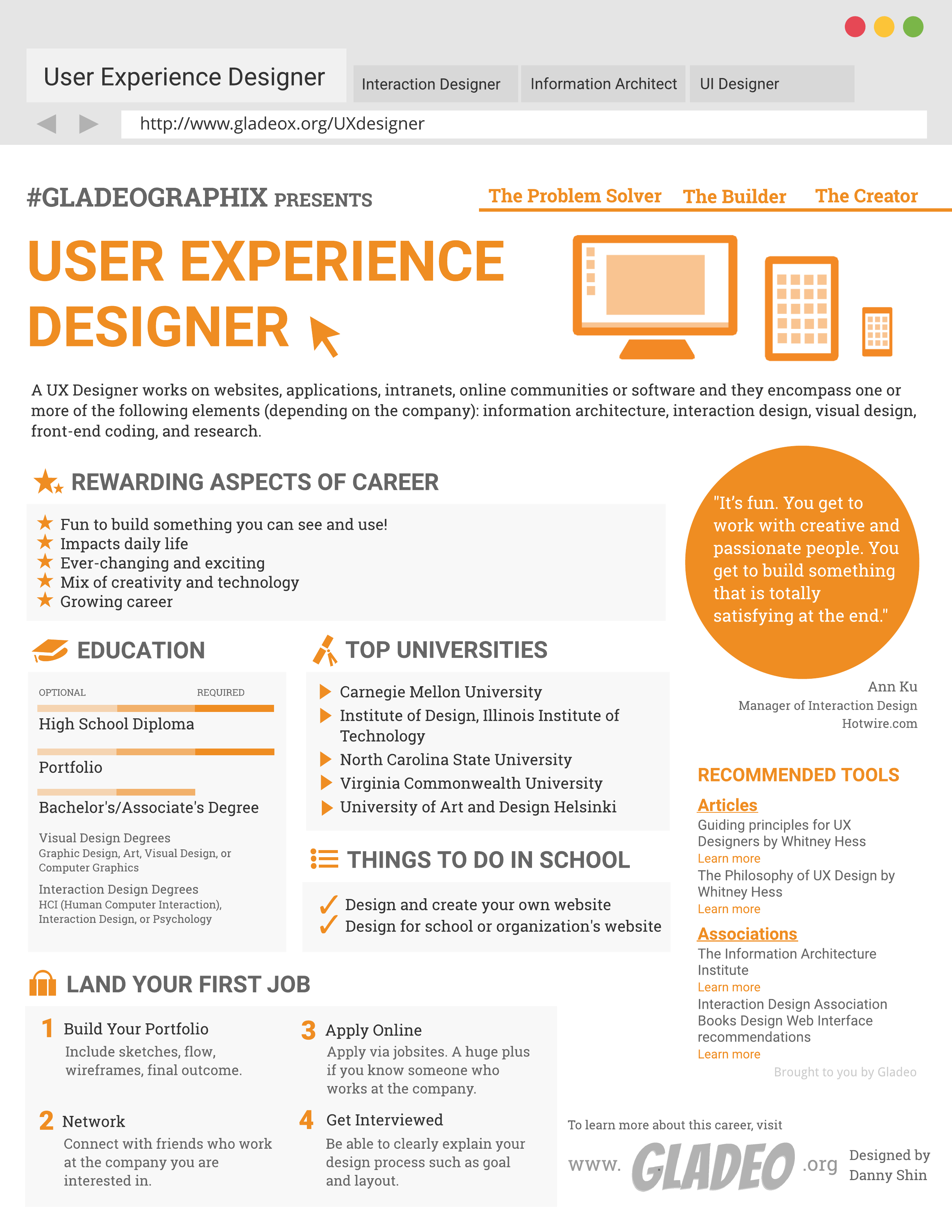스포트라이트
UI(사용자 인터페이스) 디자이너, 상호 작용 디자이너, 시각/UX 디자이너, 정보 아키텍트
Every year, thousands of new digital products and services are introduced to the marketplace. To become popular, these digital goods must be as “user-friendly” as possible. That’s where User Experience, or UX, Designers, come in!
UX Designers are innovative experts who focus on making digital interfaces user-friendly and intuitive, thereby improving accessibility and overall user satisfaction. Their role involves thorough research and testing to understand user requirements, behaviors, and challenges. With this insight, they craft designs that deliver smooth, functional user experiences.
Collaboration is key, as UX Designers must work closely with product managers and developers to align the design process with the company’s goals. Their ultimate aim is to strike a balance between meeting business objectives and fulfilling the needs of the users.
- Improving user satisfaction and engagement
- Solving complex design problems
- Collaborating with diverse teams
- Staying at the forefront of technology and design trends
“It’s fun. The great thing about design is that it is a fun field. You get to work with creative and passionate people. You get to build something that is totally satisfying at the end.” Ann Ku, Former Manager of Interaction Design, Hotwire.com
근무 일정
UX Designers typically work full-time, often in office settings or remotely. They may need to work extra hours to meet project deadlines.
일반적인 의무
- Conduct user research through interviews, surveys, and testing
- Analyze and interpret user behavior analytics. Use the feedback to identify areas for design quality improvement
- Collaborate with developers and managers on UX objectives and strategies
- Work with marketing teams to ensure brand consistency across user touchpoints
- Create detailed user personas to guide design decisions
- Outline project roadmaps, budgets, and timelines
- Develop prototypes, wireframes, site maps, and interaction diagrams
- Ensure designs are accessible, inclusive, and compliant with applicable regulations
- Present optimal design concepts and solutions to stakeholders. Incorporate feedback into the next iteration
- Implement procedures for continual user feedback and performance checks
- Write updates and follow version control processes
- Create and maintain style guidelines and technical documentation
- Respond to user inquiries (or set up automated response systems)
추가 책임
- Stay updated on UX technologies through continuing education and professional development
- Train and mentor junior staff members
- Monitor competing products and services to see how other companies do things differently
- Stand by for “on-call” incident response and management, as needed
소프트 스킬
- 분석
- 세부 사항에주의
- 합작
- 고객 서비스
- 결정적인
- 공감
- 융통성
- 목표 중심
- 관리 기술
- 조직
- 환자
- 문제 해결
- 강력한 의사 소통 기술
- 팀 중심
- 시간 관리
기술 능력
- Accessibility standards (such as Web Content Accessibility Guidelines)
- Analytics and user behavior tracking programs like Google Analytics, Hotjar, and Crazy Egg
- Animation and motion design tools like Principle, After Effects, or Lottie
- Content Management Systems like WordPress, Drupal, or Joomla
- Design systems and style guides
- Design tools like Sketch, Figma, and Adobe XD
- HTML, CSS, and JavaScript
- Information architecture skills for organizing and structuring content effectively
- Interactive prototypes
- Responsive design principles
- Usability testing tools like Lyssna, UserTesting, and Lookback
- User research methodologies
- Version control systems
- Wireframing and mockup tools like Balsamiq, Axure, and InVision
- 컴퓨터 시스템 설계 기관
- 기업/회사
- 전자 상거래 회사
- 금융 기관
- 정부/군사 기관
- 의료 기관
- 고등 교육 기관
- 미디어 및 엔터테인먼트
- 자영업자
- 기술 기업
UX Designers must create visually appealing, functional, and user-friendly designs. This involves understanding user needs through research and translating those insights into practical solutions. This iterative process takes enormous patience, attention to detail, and commitment to avoid design flaws.
The role also requires balancing user needs with business goals and budgetary constraints. Thus, designers must collaborate closely with product managers and developers to align designs with strategic objectives while staying within budget.
UX Designers must stay open to feedback from stakeholders and users so they can keep refining designs and making things better. Sometimes receiving negative feedback can be difficult, especially when they’ve already worked hard on a project. That’s why resiliency and the ability to handle constructive criticism are very important.
UX Designers are starting to use artificial intelligence to analyze user data and automate tasks like generating design variations. AI is also improving customized user engagement options. But while AI integration opens up exciting new doors, it requires a learning curve to use effectively.
Accessibility and inclusive design features are receiving more attention as companies try to address diverse user needs by creating more equitable experiences. Voice and gesture-based interfaces are also becoming more common thanks to smart devices and virtual assistants. Interfaces like Siri, Alexa, Cortana, and Bixby provide more natural interactions such as voice commands that reduce reliance on keyboards and touchscreens.
When they were younger, UX Designers might have enjoyed playing video games or building websites. They may have liked drawing, crafting, or building things, helping them develop an eye for design and aesthetics.
"나는 새로운 아이디어에 개방적이었고, 일이 어떻게 작동하는지, 어떻게 개선해야하는지에 대해 궁금해했습니다."
"기능적인 무언가를 만들고 싶었어요."
- Technically, a degree isn’t required to enter this field, but many UX Designers earn a bachelor’s degree in graphic design, interaction design (IxD or UI/UX), computer science, or human-computer interaction
- Employers look for a combination of education and experience. Candidates with a strong theoretical foundation (via a degree or certificate) plus practical abilities (through previous work experience) are often considered more “well-rounded”
- Instead of a degree, some students earn a certification such as Google’s UX Design Certificate or Nielsen Norman Group’s UX Certification
- Students can take ad hoc courses and bootcamps in UX design via platforms such as Coursera, Udacity, General Assembly, Springboard, edX, or Interaction Design Foundation
- Other popular online beginner-level courses include:
- UX Academy Foundations by Designlab
- User Experience Design Fundamentals (Udemy)
- Intro to UX Design (Careerfoundry)
- Product Design Bootcamp (Flatiron)
- Advance Your UX Skills (Linkedin Learning)
- UX Designers must demonstrate a commitment to professional development and continual learning to stay up-to-speed with industry trends and technologies
이것은 학문적 환경에서 여전히 정의되고있는 새로운 분야입니다.
인간 컴퓨터 상호 작용 프로그램
- 카네기 멜로우 대학
- 조지아 공과 대학
- 워싱턴 대학, 시애틀
- 미시간 대학, 앤 아버
- 캘리포니아 대학, 버클리
- 코넬 대학
- 디자인 연구소, 일리노이 공과 대학
- 예술과 디자인 헬싱키 대학
- 스탠포드 대학에서 자신의 전공을 디자인 (제품 디자인, 컴퓨터 과학, 예술, 심리학 및 커뮤니케이션 수업 포함)
- Make sure the school is accredited by a legitimate accrediting institution
- 필요에 맞는 프로그램 형식(캠퍼스 내, 온라인 또는 하이브리드)을 결정합니다.
- Look for programs that are well-funded and have the latest design tools and technologies.
- Check if the program offers internships with industry partners.
- 사용 가능한 재정 지원 및 장학금 기회와 수업료를 비교해 보세요.
- 교수진의 자격과 졸업생의 업적을 평가합니다.
- Ask what career services or other job-seeking help the school offers. Examine the program’s post-graduation job placement rates.
- In high school, classes in computer science, graphic design, and programming can be helpful
- Take ad hoc courses online in your spare time
- Get practice through internships, part-time jobs, mentorship opportunities, or apprenticeships
- Look at job openings. Read the listed required qualifications for jobs you want
- Start freelancing when you have some marketable skills
- Sign up for IT-related clubs to grow your network and socialize
- Find a senior UX Designer willing to answer questions
- Read articles and participate in discussions on Quora, Reddit, and other spaces
- Keep track of your work and academic accomplishments for your resume and college applications
- Build a portfolio of projects you’ve worked on
- Stay updated with industry trends and advancements by reading or watching videos

- Scour job portals like Indeed, Monster, ZipRecruiter, LinkedIn, Velvet Jobs, and Glassdoor
- 네트워크에 구직 중이라고 말하십시오. 좋은 리드와 연락하도록 요청하십시오.
- 학교의 부서 또는 경력 센터에 취업 박람회, 채용 이벤트, 인턴십 및 이력서 작성 및 면접 연습과 같은 기타 지원에 대한 정보를 문의하십시오.
- Pay attention to the required experience and skills listed in job postings
- Focus your energy on jobs you’re highly qualified for, and tailor your resume to each specific job you apply to
- Check out UX Designer resume examples
- Review UX Designer interview questions
- Create a strong UX design portfolio showcasing your best work
- 면접 성공을위한 복장!
- Speak with your supervisor about opportunities for advancement. Ask what courses you could take that would benefit the company
- Demonstrate loyalty and a commitment to earning promotions through hard work
- Keep up with industry changes such as AI integration by taking professional development courses
- Consider pursuing advanced certifications or a master’s degree
- Teach and mentor others, in person, online, or through articles and tutorials
- Learn about different areas of UX design, such as research or interaction design
- Take on team lead roles or volunteer to tackle complex projects
웹사이트
- Adobe XD Ideas
- 목록 구분
- 행동
- 상자와 화살표
- Coursera UX Design Courses
- 크리에이티브 블로크
- Designlab
- Designmodo
- Design Shack
- Dribbble
- 총회
- 인터랙션 디자인 재단
- Medium's UX Stories
- Muzli
- 닐슨 노먼 그룹
- 매거진 스매싱
- Springboard UX Design Course
- Treehouse UX
- Digital.gov
- User Experience Stack Exchange
- Interface Engineering
- GitHub Microsoft UX tools
- UserTesting Blog
- UX 부스
- UX Collective
- UX Design Institute
- UX Mastery
- UXmatters
- User Experience Professionals Association (UXPA) International
- UX Planet
책
- Don't Make Me Think, Revisited: A Common Sense Approach to Web Usability, by Steve Krug
- Introduction to Design Thinking for UX Beginners, by Uijun Park
- Lean UX: Applying Lean Principles to Improve User Experience, by Josh Seiden and Jeff Gothelf
- Usability and User Experience Design: The Comprehensive Guide to Data-Driven UX Design, by Benjamin Franz and Michaela Kauer-Franz
연결
- Interaction Design Association http://www.ixda.org/
회의
- IA Summit www.iasummit.org
- UX 주 www.uxweek.com
프로그램
도구
- Analytics: Google analytics http://www.google.com/analytics/
- Patterns: Yahoo patterns http://developer.yahoo.com/ypatterns/, UI Patterns http://ui-patterns.com/, CSS Bake http://cssbake.com/
- Wireframing: https://www.smashingmagazine.com/2010/02/50-free-ui-and-web-design-wireframing-kits-resources-and-source-files/
무역 잡지 / 웹 사이트
- Smashing Magazine www.smashingmagazine.com
- Boxes and Arrows http://boxesandarrows.com/
- A List Apart http://www.alistapart.com/
- UX Magazine www.uxmagazine.com
- Webby Awards http://www.webbyawards.com/
- User Interface Engineering www.uie.com
- UX Booth www.uxbooth.com
UX design work can be challenging at, at times, frustrating due to the never-ending need for changes and updates. If a career as a UX Designer doesn’t seem like the right fit, check out some related fields such as:
- 백엔드 개발자
- 컴퓨터 및 정보 시스템 관리자
- 컴퓨터 프로그래머
- 콘텐츠 전략가
- Digital Product Designer
- 프런트 엔드 개발자
- 풀 스택 개발자
- 그래픽 디자이너
- Human-Computer Interaction Specialist
- Information Architect
- Product Manager
- Service Designer
- User Interface Designer
- Usability Analyst
- User Researcher
- Visual Designer
뉴스 피드

주요 채용 정보

온라인 과정 및 도구








